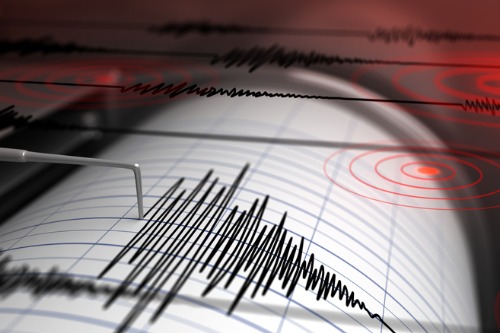

Quebec has an earthquake coverage gap of seismic proportions. According to the Autorité des marchés financiers (AMF)’s extensive study on earthquake risk in Canada, only about 3% of homeowners in the province purchase earthquake coverage. That’s a worryingly low take-up rate for the significance of earthquake exposure in Quebec (QC), which is second only to British Columbia (BC) in terms of severity of seismic risk in Canada.
In March 2018, the AMF surveyed insurers in QC and BC about how they handle earthquake coverage. The extensive survey explored exposures covered, rates, take-up rates, claims settlements, individual policy forms, and how fire following earthquake is handled in both provinces – and the differences found between the two provinces were significant.
In terms of homeowners’ take-up rate, QC was very low with just 3% penetration, whereas the average for BC is more like 40%, with some areas like northern Vancouver being as high as 70%. According to Nathalie Sirois, senior director at the AMF, that higher percentage out west is down to a number of factors, including greater general awareness about the risk and the fact that the BC Government announced it would not provide compensation for property damage in an earthquake because there’s insurance that covers earthquake risk.
“Very few people in the province of QC own an earthquake insurance product,” said Sirois at the CatIQ Connect conference in Toronto. “Generally in QC, people do not believe that a major earthquake could happen. They find the [insurance] coverage too expensive and the deductible too high, and they think the government will be there to compensate them in the case of a major event.”
According to the AMF survey, the average earthquake endorsement premium as a percentage of the homeowners’ total personal property premium is lower in QC than in BC. In QC, the average earthquake endorsement premium represents 16% of the total premium [approximately $220], and in BC it represents 35% [approximately $600+]. As Sirois pointed out, the average value of the houses and the greater severity of seismic risk in BC can explain part of the difference between the premium costs.
The organization also found various practices in terms of deductibles, both in QC and BC. The most common practice is that of the percentage deductible, whereby insureds are financially responsible for a percentage of the total insured amount. In QC, deductibles varied from 2% to 10%, but generally sat around 4%. In BC, deductibles ranged anywhere from 1% to 20%, but generally fell between 5% to 10%. Generally, deductibles are higher in BC than QB.
“One key finding following analysis of the survey answers that were provided to the AMF is that in QC, nearly 10% of locations do not have coverage for fire following earthquake,” Sirois added. “Some insurers [approximately 65% of respondents] automatically include this coverage in their basic [home insurance] policies or in an endorsement without any additional premium. But other insurers offer fire following earthquake coverage through an optional endorsement for an additional premium. In BC – and this is a major difference – coverage for fire following must be included in the basic policy. We also found that shake coverage, which is mostly offered through an earthquake endorsement, is similar in both QC and BC. These endorsements are not systematically offered by insurers, agents or brokers.”
There are multiple reasons why QC has an earthquake coverage gap of seismic proportions. The first is the big issue of awareness. Many people in the Quebec province simply don’t understand the significance of their earthquake exposure – and this is something the insurance industry can influence moving forwards.
“We need to raise awareness and provide good, clear and simplified information, education activities and tools to consumers, including on the deductibles, limits, and restrictions of the policies,” Sirois commented. “Private insurers could also improve their product offering, simplify and improve their policy wordings so they’re easier for policyholders to understand, and [they can] offer more affordable and attractive coverage for the earthquake endorsement, for example. We could also provide consumers with information describing simple and cost-effective measures to reduce home damage in the event of an earthquake.”
